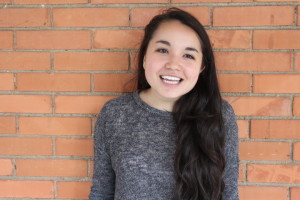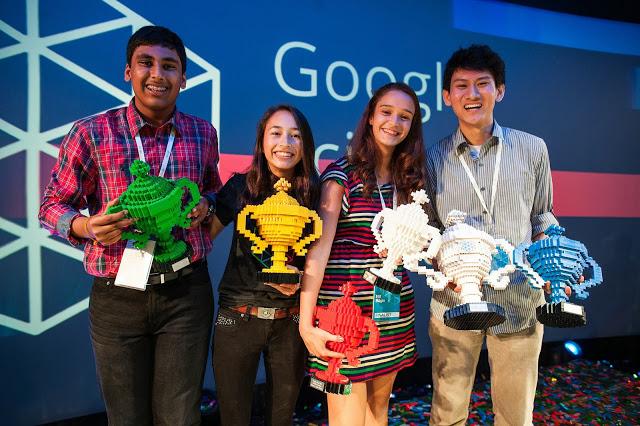The future of science
Viney, Ann, Elif, Eric
In schools across the world, science fairs are a popular way for students to learn more about scientific procedures while investigating topics of personal interest. Our own Middle School Science Fair was a great example of this, as students presented their independent findings to the more than two hundred parents, siblings and classmates.
Every year, Google sponsors a worldwide science fair of sorts, where high school students can submit their research on topics of interest. The competition is categorized into age groups, with one winner from each category (13-14, 15-16, and 17-18 years old) receiving monetary prizes and aid from Google’s partners in the fair.The judges will also select one grand prizewinner from all the finalists to receive a $50,000 scholarship, visit the launch of a space shuttle and go on a 10-day National Geographic expedition in the Galapagos. The finalists for the competition consistently prove that age is no boundary for scientific discoveries. Below you can find the inventions from last year’s winners.
Though not selected as a winner for any age category, 16 year-old Elif Biglin’s method for turning banana peels into plastic earned her the Voter’s Choice Award and first place in the Science in Action competition sponsored by Google’s partner, Scientific American. The young scientist from Turkey says her project is more environmentally conscious as it uses biodegradable materials (instead of the traditional petroleum) to produce plastic. While many might be skeptical of this method, Elif has already successfully produced bioplastic that she says could be used in the making of cosmetic prosthesis and everyday items.
The youngest winner was Australian teen Viney Kumar. Kumar took home the prize in the 13-14 age category after inventing a way to warn cars when ambulances are near them so drivers can pull to the side faster. Kumar’s program works using pre-existing technology (Google mapping) to alert the driver of a car in front of a police car or ambulance. The driver is alerted a full 67 seconds before the vehicle arrives, giving him ample time to move out of the way.
The winner of the 15-16 age category was Canadian teen Ann Makosinski. Her invention is a flashlight that runs on the user’s body heat. Makosinski stated her flashlight uses “four Peltier tiles and the temperature difference between the palm of the hand and ambient air.” The benefits of this invention are that it does not use batteries nor electricity, so in the future this concept could potentially help supply light to people living in remote areas. The motivation for her project was something that many Graded students have occasionally struggled with. One of her friends living in the Philippines was struggling to pass school due to recurring power outages that prevented her from completing her homework.
The 17-18 and Grand Prize Winner was San Diego teen Eric Chen. Chen used computer modeling and biological research to identify compounds that inhibit the viral protein endonuclease, which is the cause of different strains of influenza. He predicts his research will lead to medicine that would be effective in treating all types of flu, even the pandemic strains.
These amazing inventions were all created by teenagers who saw a problem and were driven to find a solution. Who knows? Judging from the quality of research being done by our middle school students for the Science Fair, the high school students for their IB Extended Essays and the students in extracurricular clubs, maybe the next great invention will be created by a member of the Graded community. If you are within the ages of 13-18 and have an incredible idea or invention, head to the site of Google’s 2014 Science Fair competition. The site has the guidelines for the 2014 submission, whose deadline is in 70 days!
Sources: businessinsider.com, googlesciencefair.com

Andrea has been on staff for the last three years, working in the Sports section when it still existed, then moving to News. She enjoys playing soccer...








